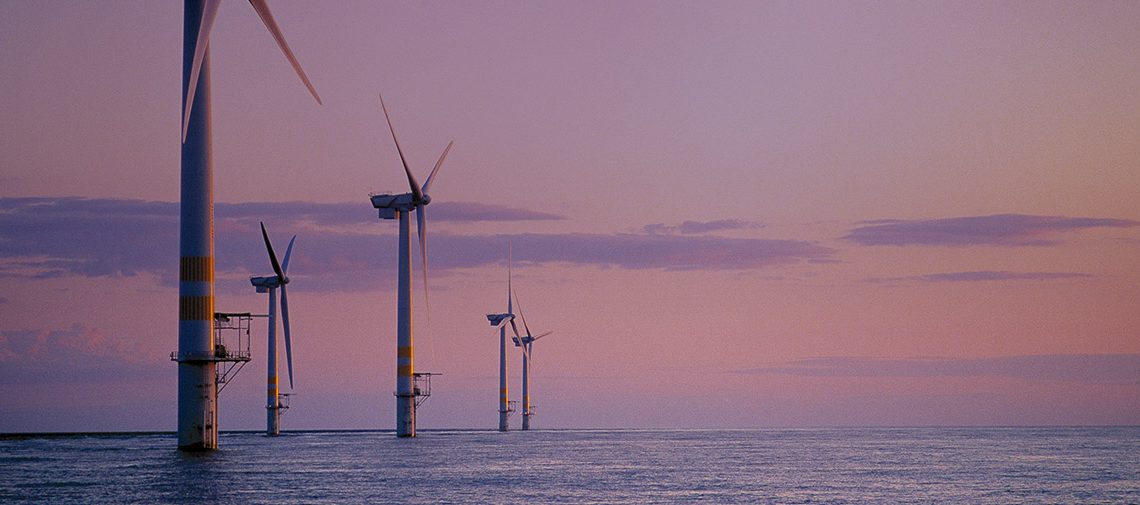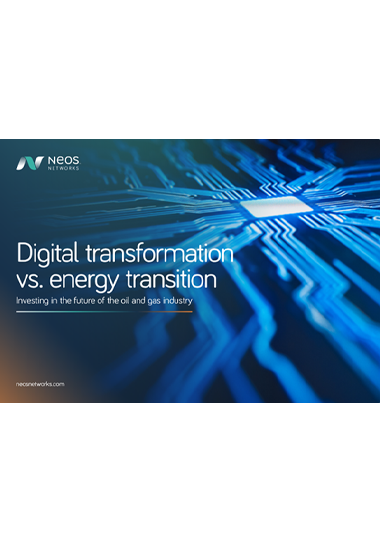Now seemingly ubiquitous across all industries, the term ‘net zero’ has been front and centre for business leaders and non-commercial entities since the UK government committed to cease Britain’s contribution to global warming by 2050.
It was a move that positioned the country as a leading economy in legislation for the delivery of net zero emissions, improving upon the previous target of an 80% reduction of greenhouse gas emissions compared to 1990 levels. The policy came with the additional objectives to grow the value of low carbon exports to £170bn and have two million employed in ‘green collar’ roles by 2030.
But 18 months later and under new leadership, the government has moved the needle once again. While the 2050 target remains, a new 2030 interim objective of reducing greenhouse gas emissions by 68% compared to 1990 levels, was introduced in December 2020.
The initiative came with a ten point plan that promised to mobilise government investment totalling £12bn, while generating £42bn in private investment; a Green Industrial Revolution in what the Prime Minister suggests will position the UK as the global leader in green finance and technology.
A significant portion of the plan focuses around energy generation, with points on nuclear power proliferation and growth in low carbon hydrogen as a source of heat and fuel. The document leads with the advancements of offshore wind facilities, however. It’s here that the majority of private investment is expected to be apportioned, and the government has committed to enabling delivery of content in 60% of offshore wind projects in the UK. It’s believed that power generated by offshore turbines could quadruple to 40GW by 2030, representing around 40% of the nation’s electricity generation capacity as of today.
It’s a fearsome task ahead, but one which is rapidly drawing commitments from the private sector. The most recent crown estate auction has landed the state an income of £9bn over the coming decade, with the likes of BP and RWE bidding huge sums for the rights to build and operate windfarms around the British Isles. Meanwhile, other organisations traditionally associated with fossil fuels, such as Total, have been making the transition into renewables by way of acquisition.
With the news that electricity generated from renewables, wind and solar accounted for approximately 66% of the UK’s generated power in 2020, it comes as no surprise that several oil and gas giants have been seeking methods of cutting their losses. In a little over a decade, the proportion of electricity generated by fossil fuels has halved from 82% to 41%, while the use of coal has plummeted from 40% in 2012 to less than 5% in 2020.
As far as the government and society is concerned, this is fantastic progress. But in the rush to adopt renewable energy, is there a level of risk surrounding its reliability? It has been reported that the intermittence of renewable energy solutions does propagate increased grid instability. And this can have commercial ramifications for energy firms, as demonstrated by fines totalling more than £10m administered by Ofgem in 2019, after lightning strikes left over a million customers without power.
As the integrated energy company becomes a more widespread phenomena, business leaders will want assurances from experts in the field that their investments are sound and unlikely to create more financial headaches, especially after the devastating losses experienced by fossil fuel companies around the globe.
Partnering with those who have substantial experience working in the field will inevitably help to build resilient infrastructure in this regard. And that will be required from the ground (or seabed) up.
One element of the overall ecosystem business leaders would be remiss to overlook is the impact connectivity and a robust digital infrastructure can offer. Most within the industry will already appreciate the extent to which CNI-grade connectivity will be required to underpin the DNO-DSO transition, but a secure and reliable network is truly essential in the smooth running and maintained provision of energy, especially when it comes to renewables.
In order to improve efficiency, reduce costs and enhance health and safety measures, investment in digital infrastructure is a must. Windfarm operators can rely on fibre to make adjustments to turbine performance in real time, responding to the demands of the grid, and without the need for engineers to leave the operations centre.
This transference of data is crucial in preventing outages and can reduce the extent of turbine damage, should a mechanical issue be identified. It’s also possible to hook up high definition CCTV cameras to turbines to provide engineers with the means to carry out initial inspections, thus reducing the number of visits required to ensure operational optimisation. In fact, the next generation of turbine inspection, and even repair, is in the use of drones and robots which would rely on wireless internet connectivity, perhaps delivered via private 5G networks.
Aside from the provision of connectivity, fibre can also be used to monitor the condition of subsea power cables connecting windfarms to onshore substations. When integrated within the cables or affixed to the outer casing, fibre can indicate instances of damage or interruption to the transmission of power to and from the turbines, as a result of its temperature and acoustic measuring capabilities.
The possibilities are truly fascinating, but at the same time, increasingly essential. You may be interested in the latest way in which we are helping to deliver against the 2030 and 2050 targets set by the government.







